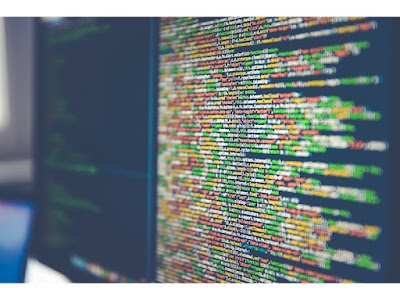 Hi, my name is Lilian Hill, professor emerita
of the University of Southern Mississippi. I retired after working for more
than 35 years in adult education in both Canada and the United States. My work
experience includes program development/administration, conference management,
faculty development, and teaching at the undergraduate, professional, and
graduate levels.
Hi, my name is Lilian Hill, professor emerita
of the University of Southern Mississippi. I retired after working for more
than 35 years in adult education in both Canada and the United States. My work
experience includes program development/administration, conference management,
faculty development, and teaching at the undergraduate, professional, and
graduate levels. As a professor, I have published extensively
in adult education, higher education, and pharmacy education journals. My primary areas of expertise are in adult learning,
health literacy, and assessment and evaluation. In 2020, I published an edited
book on Assessment Evaluation, and Accountability in Adult Education.
Most recently, I co-authored a textbook titled So you detest reading?
Literacy skills and strategies for college students (Kendall Hunt, 2022).
At the university level, I have taught a wide
variety of courses in adult education and qualitative research. I have chaired
and served on more than 100 dissertations and often contributed as the qualitative research methodologist.
Regarding my service to my profession, I am
co-editor of Adult Learning, the practitioner-oriented
publication of the American Association of Adult and Continuing Education. I was honored to be
recognized with the
- Okes Award for Outstanding
Research in Adult Education by the American Association in Adult and Continuing
Education in 2015
- Induction
into International Adult Education Hall of Fame in 2018
- Circle of 50 alumni by the
University of Georgia in 2019
- Career
Achievement Award from CPAE in 2021
- Lifetime Research Award,
University of Southern Mississippi in 2022.
On a personal note, I am an artist, author,
life coach, and recent graduate of the Academy of Culinary Nutrition.
I will leave you with a poem I wrote that shares the antecedents
of my interest in this topic.
Lessons from my Mother
I often say someone was not raised by my mother. Lately, I have been asking myself what I mean by that
statement?
I say it when people are behaving rudely to one another.
When they refuse to understand a conflict from more than
one perspective,when they are
so sure they are right.
And fail to see that they could be wrong and the other
person could be right.
When they disbelieve or disrespect the reasons people
have for what they say and do.
When they fail to believe in other persons’ good
intentions.
When they are focused on people’s exteriors, and do not care to learn about how they live, what they
experienced, or what they learned.
When people fail to realize that we are all in this
together, and that we are
all afraid, clutching on to our little bits of the economic pie that does not trickle down, no matter how many times we
are told that it will.
We hope to gain and not lose.
We do not realize, much conflict
is the result of people being manipulated within our socioeconomic system.
Whenever I would complain of being wronged, my mother would question me
about what reasons the person would have for the way they acted.
As a child I was indignant.
Why did she not believe me that the other person was in
the wrong?
I understand now that my mother was teaching me to look at and respect
other people’s perspectives.
My mother prepared me to become an adult educator long before I ever
knew the term.
Why did it take me so long to understand?














